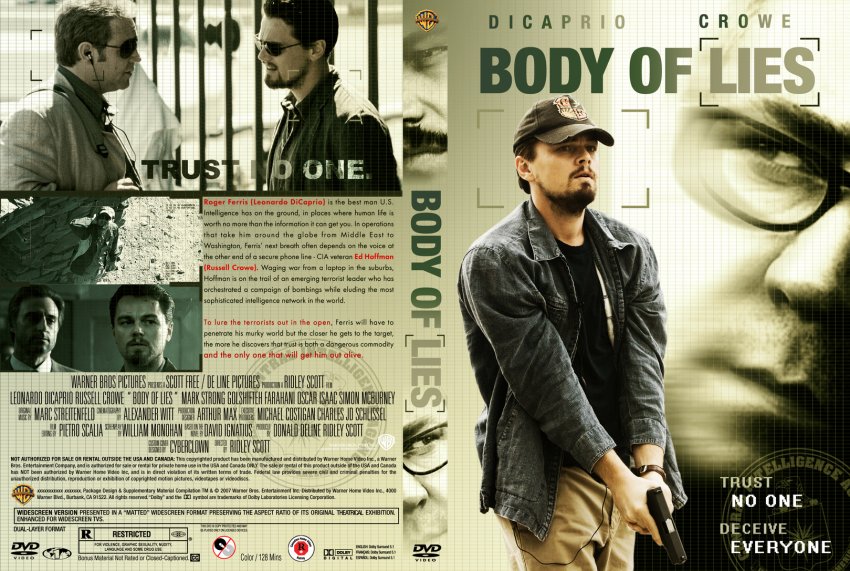
But the binary is also important in the general makeup of the film’s visual style – the general aesthetic may be antiseptic due to its narrative but it is not merely a clichéd medicinal setting.Ĭronenberg imagines the outside world in a wash of muted greys, be it the endless shutters blocking the light of the windows, the blank walls and suits or the horrific “mutant” gynaecological instruments that Beverley has made out of steel when in the depths of his breakdown. For Beverly this is especially important as he is clearly envious of his brother’s confidence. This is thematically significant for Dead Ringers too, as the drama hinges on two identical bodies evolving from housing very different personalities to being eventually shackled with a shared psychic character too. The same divide is eventually crossed in Scanners, with the inside no longer requiring an outer shell. The brothers slowly descend into a mixture of prescription drug addiction, bizarre misconceptions surrounding the body and identity crisis.Ĭronenberg builds an interesting binary throughout between inside and outside of the body. When Beverly falls in love with Claire (Geneviève Bujold), a famous actress seeking treatment for her incurable infertility, the carefully meticulous life of the twins spirals out of control. This split means that Beverly is also less successful with women, although the pair have developed a system in which they are able to switch roles so that the brothers can share some of his sexual conquests. Elliot is a suave, smooth-talking yuppie who enjoys the more facile and vacuous rewards for his work Beverly is a shy and gentle recluse more interested in his own private research.


These siblings, however, are not identical in every way. The film follows identical twins Elliot and Beverly Mantel (Jeremy Irons), charting their rise from precocious undergraduates to the most sought after pair of private gynaecologists in Toronto. This arguably came about in one of his most effective and intellectually rigorous films, 1988’s Dead Ringers, which saw Cronenberg move slowly away from pulp genres and towards something more purely psychosexual and even more in line with the erotic thriller.

Towards the late ’80s there was a shift in Cronenberg’s work where these connections were addressed in a far more grounded psychological way, a norm he has increasingly leaned towards ever since.


 0 kommentar(er)
0 kommentar(er)
